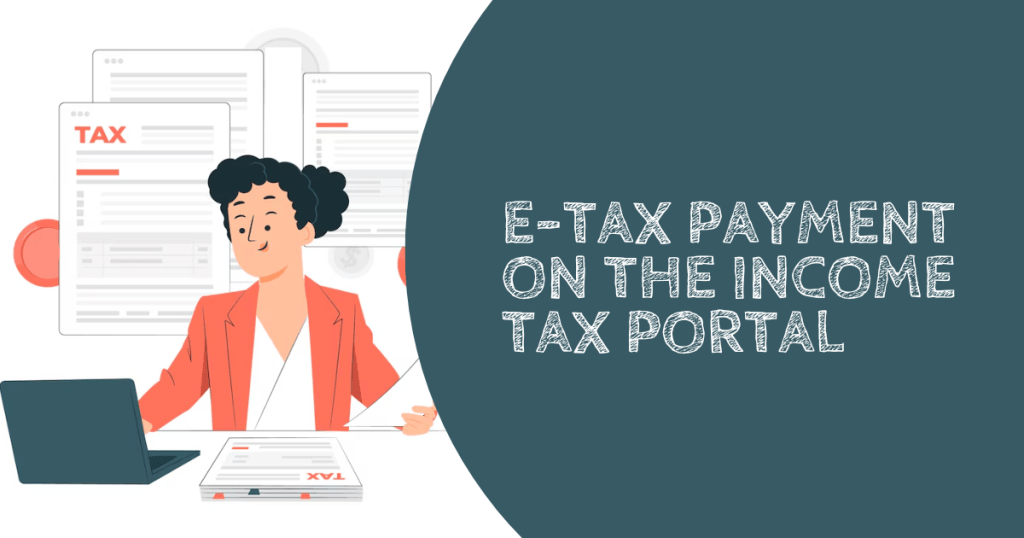Section 80C of the Income Tax Act remains a popular go-to for millions of Indian taxpayers. Offering deductions of up to ₹1.5 lakh, it covers a wide range of investment from PPF and ELSS to life insurance premiums and tuition fees. But for the Assessment Year 2025–26 (FY 2024–25), the government has made some important updates to how these deductions are claimed.
In a move aimed at increasing transparency and reducing fraudulent claims, taxpayers will now need to provide additional detail including policy numbers, account IDs, and receipt reference while filing their Income Tax Returns (ITRs) under the old tax regime. With the Finance Bill 2025 also hinting at future structural changes, it’s crucial to stay informed and file your taxes accurately.
Key Takeaways
| Aspect | FY 2024-25 Requirement |
| Max Deduction Limit | ₹1.5 lakh under old regime |
| Disclosure of Investment | Mandatory (policy/account ID, etc.) |
| Applicable Regime | Only old regime |
| Pre-filled Data | May be introduced in future |
| Proposed Clause 123 | Applicable from AY 2026-27 |
Eligibility
- Individuals – Indian residents and Non Resident Indians are eligible
- HUFs
In eligible for:
- Companies
- Partnership Firms
- LLPs
What has not changed?
The maximum deduction under Section 80C remains capped at ₹1.5 lakh. Section 80C is available only under the old tax regime. Popular investments eligible for 80C include:
- Public Provident Fund (PPF)
- Employees’ Provident Fund (EPF)
- Equity-Linked Saving Schemes (ELSS)
- National Savings Certificate (NSC)
- 5-Year Fixed Deposits
- Life Insurance Premiums
- Children’s Tuition Fees
New Disclosure Requirements in ITR Forms
Investment Details Now Mandatory
Starting FY 2024-25, taxpayers filing ITR-1 or ITR-4 must now provide detailed information for each Section 80C investment, including:
- Name of the scheme/instrument (e.g., LIC, ELSS, PPF)
- Policy number or account number
- Amount invested
- Name of payee or institution
- Document/reference number (from receipt, policy, or bank)
This information is to be filled in the “Schedule VI-A” section of the ITR form.
Purpose of This Change
- To prevent fraudulent claims of deductions without valid proof.
- To cross-verify information with PAN-linked data from insurers, mutual funds, and banks.
- To promote paperless compliance through pre-filled data in future.
Clause 123 (Proposed in Finance Bill 2025)
Though not applicable for FY 2024-25, the Finance Bill 2025 proposes restructuring Section 80C under a new clause called Clause 123.
Key Features of Proposed Change
- Streamlining multiple deductions under one unified clause.
- Likely to redefine eligible investment categories.
- May simplify ITR forms in the long run.
Effective from AY 2026-27 if passed—no impact on the current filing.
How to File 80C Deduction Correctly for FY 2024-25?
Step-by-Step Guide:
Choose the Tax Regime:
- Old regime → allows 80C deduction
- New regime → does not allow 80C benefits
Collect Documents:
- Receipts for LIC premiums, ELSS statements, PPF passbooks, etc.
- Ensure each has a policy/account number and date.
Open ITR Utility (Excel or Online):
- Navigate to Schedule VI-A.
- Fill in each investment with proper ID, name, and amount.
Double-Check Entries:
- Mismatched or blank details could lead to rejection or notice.
Upload & Verify with Aadhaar OTP.
Minimum Holding Period for Various Investments u/s 80C
| Investment options | Minimum Holding Period |
| Fixed Deposit | 5 years |
| PPF | 15 years |
| NSC | 5 years |
| ELSS | 3 years |
| NPS | Till reaches 60 years of age |
| SCSS | 5 years |
| ULIP | 5 years |
| Sukanya Samriddhi Yojana | Till girl child reaches 21 years |
Income Tax Deduction Limits of Sub-Sections 80C
| Sections and Eligible investments | Maximum Limit (INR) |
| 80C: Investment in ELSS, PPF, Life Insurance Premiums, Tuition Fees, Home Loan Principal, SSY, NSC, SCSS, etc. | 1,50,000 |
| 80CCC: Payment towards annuity plan of LIC or other insurer towards Pension Scheme | 1,50,000 |
| 80CCD(1): Contributions made towards Government Schemes like Atal Pension Yojana or other notified pension schemes. | Employed: 10% of basic salary + DA Self-employed: 20% of gross total income. |
| 80CCE: Combined limit for Sections 80C, 80CCC, and 80CCD(1). | 1,50,000 |
| 80CCD(1B): Additional investment in NPS beyond the Rs 1,50,000 limit under Section 80CCE. | 50,000 |
| 80CCD(2): Employer’s contribution to NPS (outside the Rs 1,50,000 limit under Section 80CCE). | Central government employer: 14% of basic salary + DA Others: 10% of basic salary + DA |
Important Points To Remember
- No Change in Limit: The maximum deduction under Section 80C remains ₹1.5 lakh for FY 2024-25 under the old tax regime.
- New Mandatory Disclosures: Taxpayers must now provide policy numbers, account IDs, and document references for each 80C investment while filing ITR.
- Applicable Only in Old Regime: These deductions are available only if you opt for the old tax regime. The new regime does not permit 80C claims.
- Enhanced Compliance in ITR Forms: ITR-1 and ITR-4 now require detailed entries in Schedule VI-A for each eligible investment.
- Cross-Verification Likely: The new rules aim to curb fake claims and enable data matching with PAN-linked sources (e.g., LIC, mutual funds).
- Upcoming Overhaul (FY 2025-26 Onward): The Finance Bill 2025 proposes Clause 123, which could restructure 80C deductions from AY 2026-27—not applicable this year.
- Filing Mistakes May Trigger Scrutiny: Missing or incorrect investment details may lead to ITR rejection or income tax notice.
Click here to know 80TTA Deduction
FAQs
No. The new tax regime does not allow 80C deduction. Choose the old regime to avail this benefit.
Yes, anyone claiming 80C deductions under the old tax regime must comply with the disclosure requirement.
Assessee must collect it from the investment provider.
Without this, the claim could be rejected.
The maximum deduction can be claimed upto INR 2 lakhs under Section 80C+80CCC+80CCD(1)+Section 80CCD(1B).
Yes, but the deduction under 80CCC is part of the overall limit u/s 80C. The combined total deduction for Sections 80C, 80CCC, and 80CCD(1) is Rs 1.5 lakh.
Yes, you can claim 80C without any paperwork. But you can keep documents safe as the tax department may request them if a notice issued.
It is only available under old regime.


